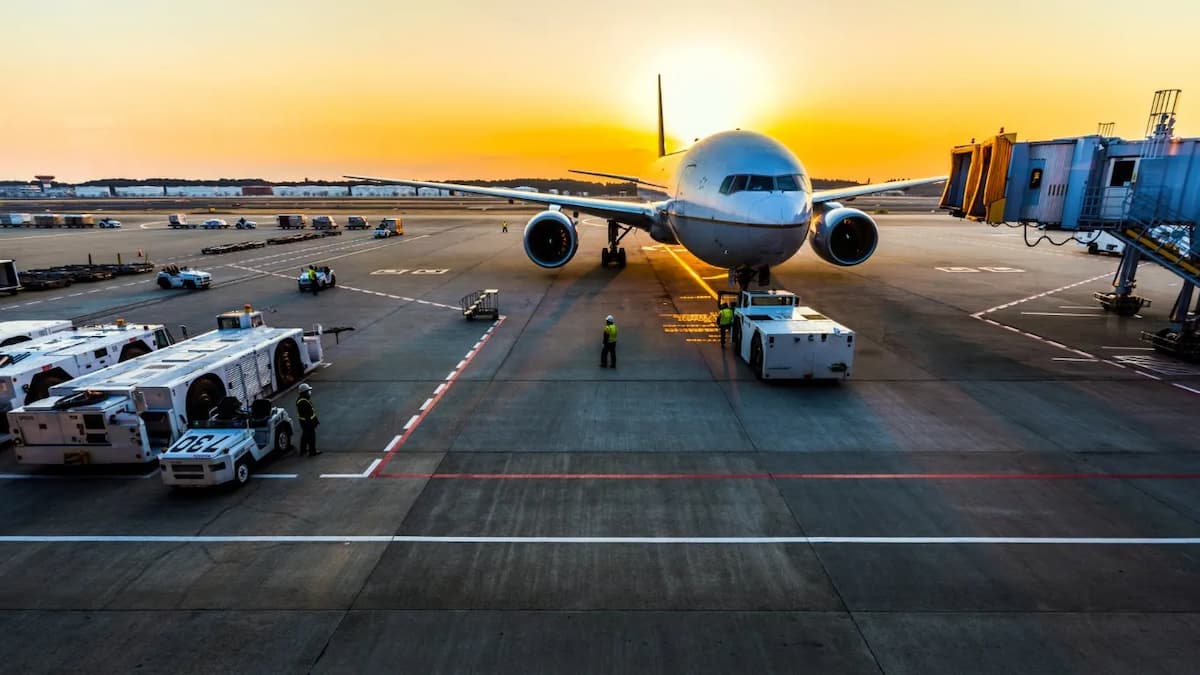Ethiopia recently announced the planned construction of a state-of-the-art new airport to accommodate further growth for national carrier Ethiopian Airlines. With a capacity of 100 million passengers p.a., the new facility in Bishoftu, 35 km south of Addis Ababa, would not only be Africa’s largest airport, but also a major player on the global stage.
Addis Ababa Bole International Airport (ADD/HAAB) dethroned Jomo Kenyatta International Airport (JKIA) as the region’s leading aviation hub a decade ago. Even with the latest expansion of Terminal 2, the meteoric rise of Ethiopian Airlines since the early 2000s is driving Bole towards a capacity limit beyond which it cannot expand. Hence the need for the new mega airport project.
The competition in the region is set to intensify further by 2026 with the opening of Rwanda’s new Bugesera International Airport. With an initial capacity of 8 million passengers p.a., expanding to 14 million in Phase 2, Bugesera will not only eclipse JKIA in its current state, but also position Rwanda as the next significant aviation hub in East Africa.
Kenya’s missed opportunities and the need to catch up.
JKIA, and Kenya’s aviation sector have experienced a series of setbacks since the disastrous fire in 2013, notably the cancellation of the Terminal 3 project (dubbed the “Greenfield Terminal”) and of the second runway. This essentially handed Ethiopia a decade-long advantage in the race for air supremacy in the region. As I wrote in an article in The Exchange Africa last year, reviving Terminal 3 and the second runway project now is a mere catch-up necessity to prevent JKIA from slipping to the third position in East Africa.
It was therefore a relief to see Cabinet Secretary Kipchumba Murkomen announce that the Government of Kenya intends to relaunch the Terminal 3 project through a Public-Private-Partnership (PPP) initiative. “Coincidentally”, this was followed by a confirmation that the government aims to find a strategic investor to inject fresh capital into Kenya Airways by June, which is also the deadline for the PPP tender.
Considering the region’s competitive landscape, it could make sense for Kenya to partner with a major international airline for both JKIA Terminal 3 and Kenya Airways. Ethiopian Airlines and Bole International Airport already go hand in hand as part of a national strategy to build Addis Ababa as Africa’s leading aviation hub, while Bugesera and RwandAir Ltd are set to become the regional tandem spearheads of Qatar Airways, owning 60% and 49% of the airport and the airline respectively. Expect an aggressive expansion drive there as Qatar’s national carrier digs in for a share of Africa’s airspace.
Pursuing a similar model for JKIA Terminal 3 and Kenya Airways would probably make the deal a more compelling value proposition to an international airline partner. It could also give Nairobi a comeback in the battle for regional air supremacy.
A regional battle of titans
With three major airports within a two-hour (±30 minutes) radius of each other, each vying to become the region’s preferred connection hub would likely lead to a massive showdown for direct connections and competitive pricing. Ethiopian, Qatar, and a potential global private-sector player at JKIA, backed by substantial investments, would be locked in a constant battle to establish direct connections across Africa and globally, at competitive fares.
Such competition would not only be beneficial for passengers but also for the countries hosting the hubs. More direct international connections and competitive airfares would enhance accessibility, boosting business, tourism, and investment attractiveness.
The distance between Nairobi and Paris is only slightly longer than London-New York, yet the latter will set you back by less than USD 400, while fares for the former start at USD 800. Once these two routes cost roughly the same, it will be safe to say that competition has effectively reshaped the market.
To get there, Kenya’s government should start by aligning the tender for a PPP at JKIA with the search for a strategic investor in Kenya Airways to favor one international airline getting both, while also getting the second runway back on track.
And if the long-term goal is to eventually restore Nairobi as the region’s leading aviation hub, then start thinking about Terminal 4 and a third and fourth runway already. Or a whole new airport with ample space for expansion.
As Ethiopia forges ahead with its ambitious new airport, the challenge for Kenya and other regional players is to respond with equal vigor and foresight. The skies over East Africa are set for a transformation, promising exciting times ahead for passengers, airlines, and economies alike.
Source: Bauck (Guest writer)






